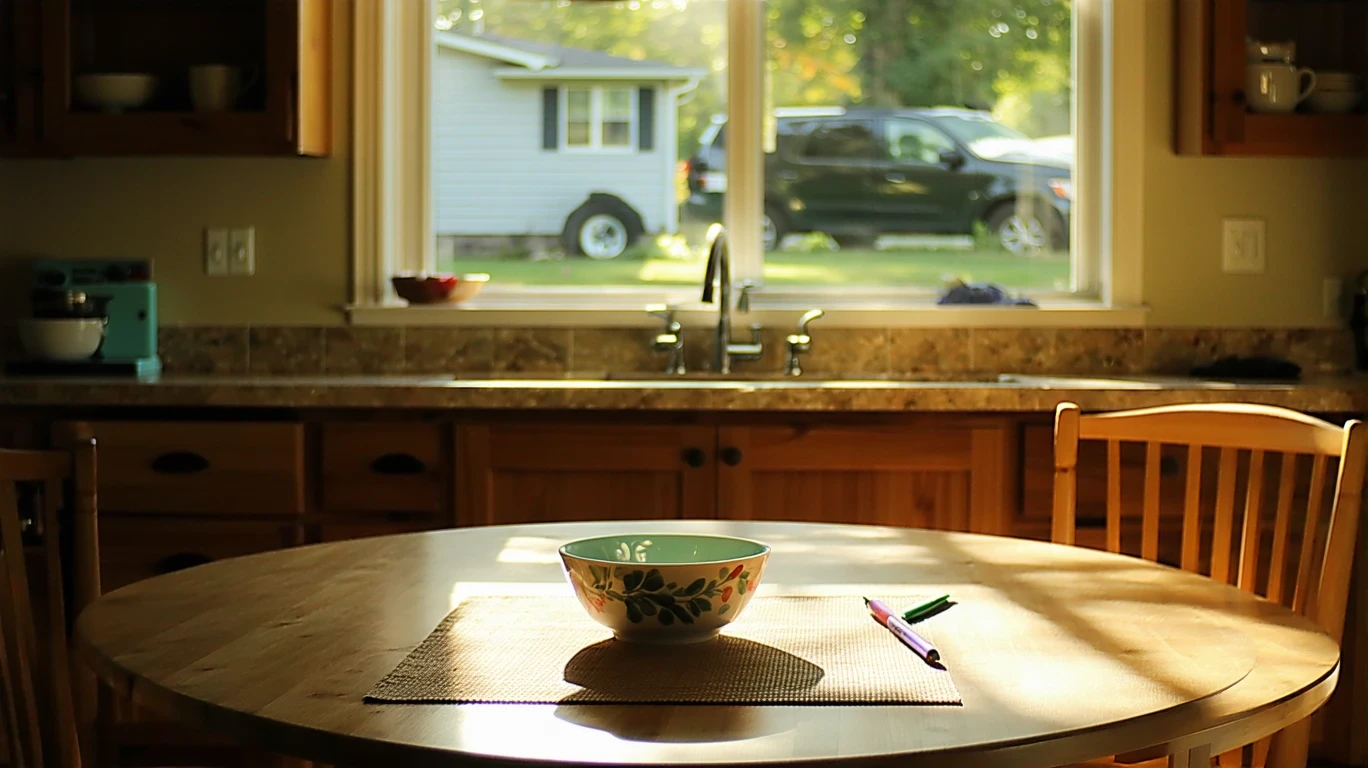
Budgeting Smarter in Converse
Planning a monthly budget in Converse can feel daunting, whether you’re a new mover or long-time resident. Expenses vary widely based on your income, housing, and lifestyle. In Converse, housing and electricity often make up more than 55% of a household’s budget. Depending on your situation, your monthly budget in Converse can look very different. Here are some typical examples.
What Real Budgets Look Like in Converse
To illustrate how expenses typically break down, let’s walk through the budget of Jasmine, a 27-year-old renter working remotely and earning $3,000 per month (pre-tax):
- Rent: $1,050 for a studio apartment
- Utilities: $180 for electricity, water, internet
- Food: $400 for groceries in Converse and occasional takeout
- Transportation: $150 for gas and car insurance
- Miscellaneous: $400 for subscriptions, personal care, entertainment
- Savings: $300 (10% of income)
Jasmine’s total monthly expenses come to $2,480, leaving some room for additional savings or discretionary spending.
Now let’s compare a few more common scenarios:
| Expense | Jasmine Single Renter ($3K/mo) | Sam & Elena Dual-Income Renters ($7K/mo) | The Ortiz Family Homeowners, 2 Kids ($9.5K/mo) |
|---|---|---|---|
| Rent/Mortgage | $1,050 | $1,800 | $2,400 |
| Utilities | $180 | $280 | $450 |
| Food | $400 | $800 | $1,200 |
| Transportation | $150 | $500 | $800 |
| HOA/Fees | $0 | $0 | $250 |
| Miscellaneous | $400 | $1,000 | $1,500 |
| Savings | $300 | $1,400 | $1,900 |
| Total | $2,480 | $5,780 | $8,500 |
These estimates reflect common lifestyle costs in Converse.
Biggest Cost Drivers
As the examples show, housing costs in Converse are the biggest line item, whether renting or owning. Seasonal utilities also eat up a large chunk, especially in summer when A/C use drives up electric bills. In Converse, the cost of utilities can rise substantially from June through September.
Transportation is another significant expense, particularly for commuters or multi-car households. HOA fees can add hundreds per month for some homeowners. And of course, bigger families mean higher food, clothing, and miscellaneous costs.
Tips to Stretch Your Budget Further
While some expenses are fixed, Converse residents can find ways to save:
- Shop at discount grocery stores like Aldi or Walmart Neighborhood Market
- Take advantage of off-peak electricity rates from CPS Energy
- Install solar screens or plant shade trees to reduce summer cooling costs
- Use public transit options in Converse when possible to save on gas
🏆 Pro Tip: Check for utility rebates and incentives in Converse to offset energy costs, especially during the scorching summer months.
FAQs About Monthly Budgets in Converse
Can you live in Converse on $3,000/month?
Yes, $3,000 per month is doable for a single person in Converse, as long as you find an affordable rental and keep other costs down. You’ll have an easier time in neighborhoods outside the city center.
What’s a realistic rent budget for Converse?
Plan to spend at least $1,000 for a studio or 1-bedroom in Converse, but prices can exceed $2,000/month for larger apartments in premium locations like Woodlake Hills.
What’s a good budget for $4,000/month in Converse?
On $4,000 per month, a couple or small family can live comfortably in Converse. Budget $1,400-$1,800 for a 2-bedroom rental, $800 for food, $500 for transportation, $500 for miscellaneous costs, and aim to save $500/month.
Planning Your Next Step
Moving to a new city is a big change. Estimating your cost of living is a smart way to prepare. Use the sample budgets above as a starting point, then list out your own expenses to see how they compare.
Remember, while Converse is an affordable city overall, your mileage may vary depending on your neighborhood, lifestyle, and family size. The more you can plan ahead, the better equipped you’ll be to manage your monthly budget in Converse.
